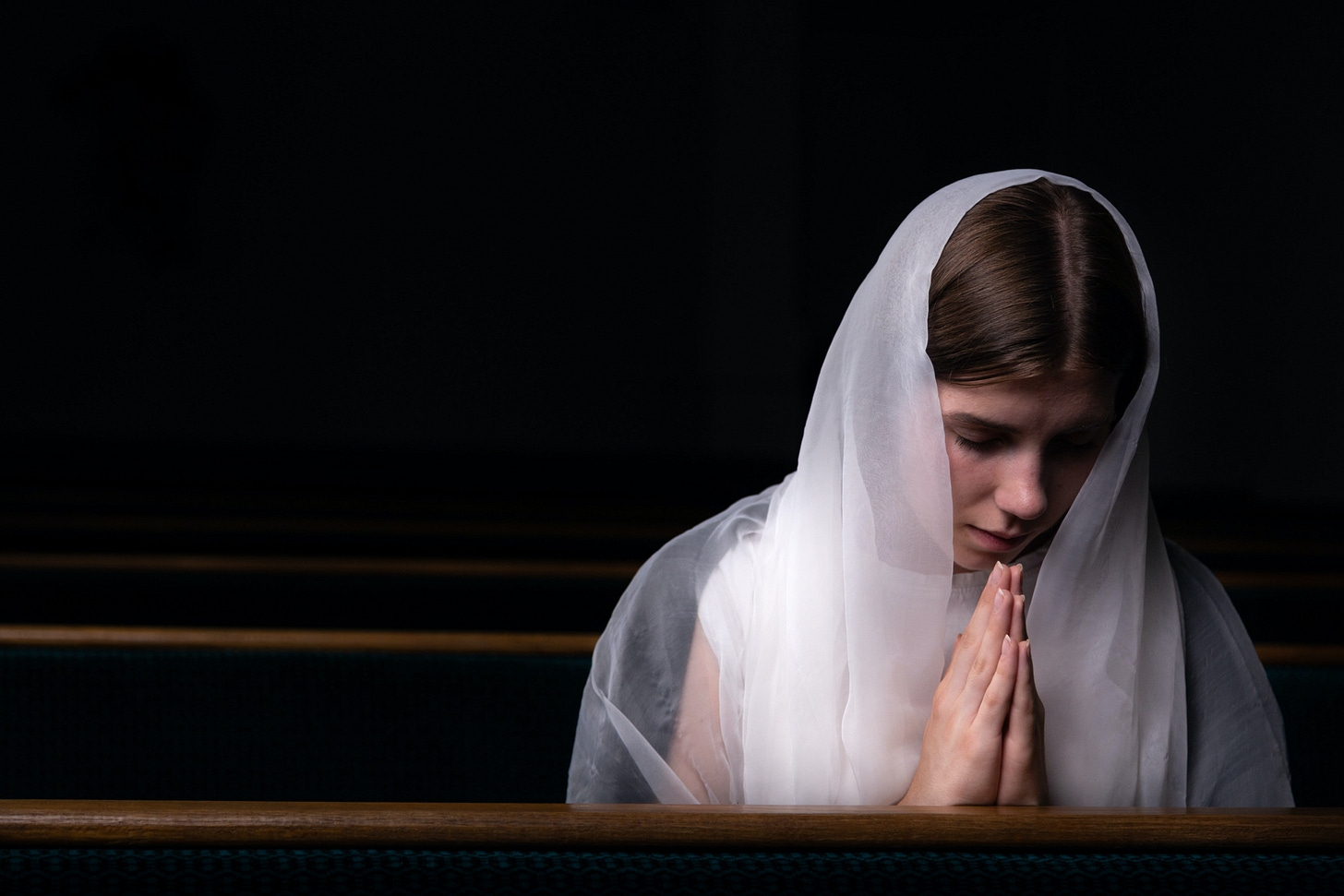Women, Let's Veil for the Eucharistic Revival
Reclaiming the Reverence for the Eucharist in First Corinthians

Recently I was asked by Lily Wilson, the founder of the Veils by Lily store, what the Holy Spirit might be saying regarding the growing movement of women cho…

